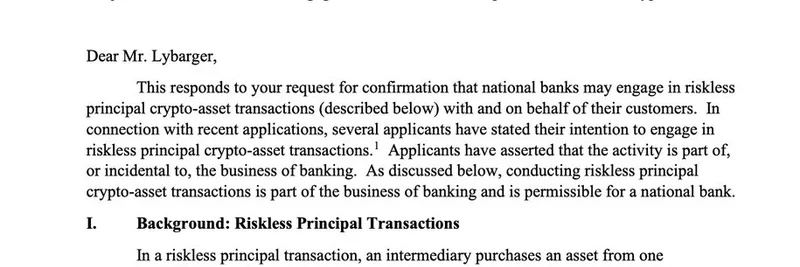In the fast-paced world of crypto, where every millisecond counts, a new player is stepping up to bridge the gap between centralized exchanges (CEXs) and decentralized finance (DeFi). A recent thread from @kkocality on X highlights Bullet.xyz, a Solana-native Layer 2 (L2) solution designed specifically for high-frequency trading. With features like 2ms soft confirmations and integration with Celestia for data availability (DA), Bullet is poised to make on-chain perpetuals (perps) as smooth and efficient as trading on a CEX.
왜 DeFi에 속도 향상이 필요한가
Perpetual futures, or perps, make up over 70% of trading volume on CEXs like Binance or Coinbase. These are contracts that let you bet on asset prices without an expiration date, often with leverage. But on decentralized exchanges (DEXs), things get clunky. On Solana, for example, block times hover around 400ms, and during volatile periods—like those wild meme token pumps—congestion can lead to failed transactions or massive liquidations. Imagine losing millions because your cancel order didn't go through in time. That's the pain point Bullet's founders experienced firsthand while running Zeta Markets, a Solana-based perp platform that handled over $15 billion in volume.
Bullet의 기술적 구조
Bullet isn't just another L2; it's built from the ground up for trading. Instead of waiting for block intervals, it uses a streaming transaction model where trades are processed as soon as they arrive. This slashes latency to about 2ms—that's 200 times faster than Solana's standard block time. The custom Rust runtime skips the usual virtual machine (VM) overhead, running exchange logic natively without compute unit (CU) limits or stack constraints.
At the core is an app-specific sequencer that ensures fair ordering: first-in-first-out (FIFO) with priority for makers (those providing liquidity). This reduces toxic maximal extractable value (MEV), where bots front-run trades for profit, making the system fairer for everyone, especially smaller market makers.
Security isn't an afterthought either. Every state change is proven with a built-in zero-knowledge virtual machine (zkVM). If the sequencer goes rogue, users can force transactions directly to Solana's Layer 1 (L1). Anyone can become a sequencer by staking tokens, but invalid batches lead to slashing—losing part of your stake as punishment.
Celestia DA로 확장하기
High-frequency trading generates tons of data, and that's where Celestia comes in. Bullet is upgrading its DA layer to Celestia, which provides multi-megabyte-per-second publishing and data availability sampling (DAS). This means light nodes—even on mobile devices—can verify the state without downloading everything. Historical data stays lightweight and fully verifiable, keeping the user experience (UX) snappy as more traders pile in.
All settlements still happen on Solana for finality, tapping into its robust validator network and liquidity pools. It's the best of both worlds: specialized speed with battle-tested security.
성능 벤치마크
In a recent Trading Cup benchmark, Bullet handled 1,455 orders per second with a median latency of just 1.14ms. That's quicker than many CEX engines and light-years ahead of current DEXs. The goal? To become the go-to layer for DeFi primitives like perps, spot trading, and lending.
For meme token enthusiasts, this could be huge. Meme coins thrive on hype and volatility, but slow DEXs often leave traders at a disadvantage. With Bullet, you could snipe those early pumps or exit positions before the rug, all on-chain without trusting a centralized entity.
If you're into modular blockchains or just want faster DeFi, check out Bullet's docs and their latest updates. And for more on Celestia's role in scaling crypto, dive into their ecosystem. As @kkocality puts it, on-chain perps deserve CEX-grade speed—Bullet might just deliver it.




